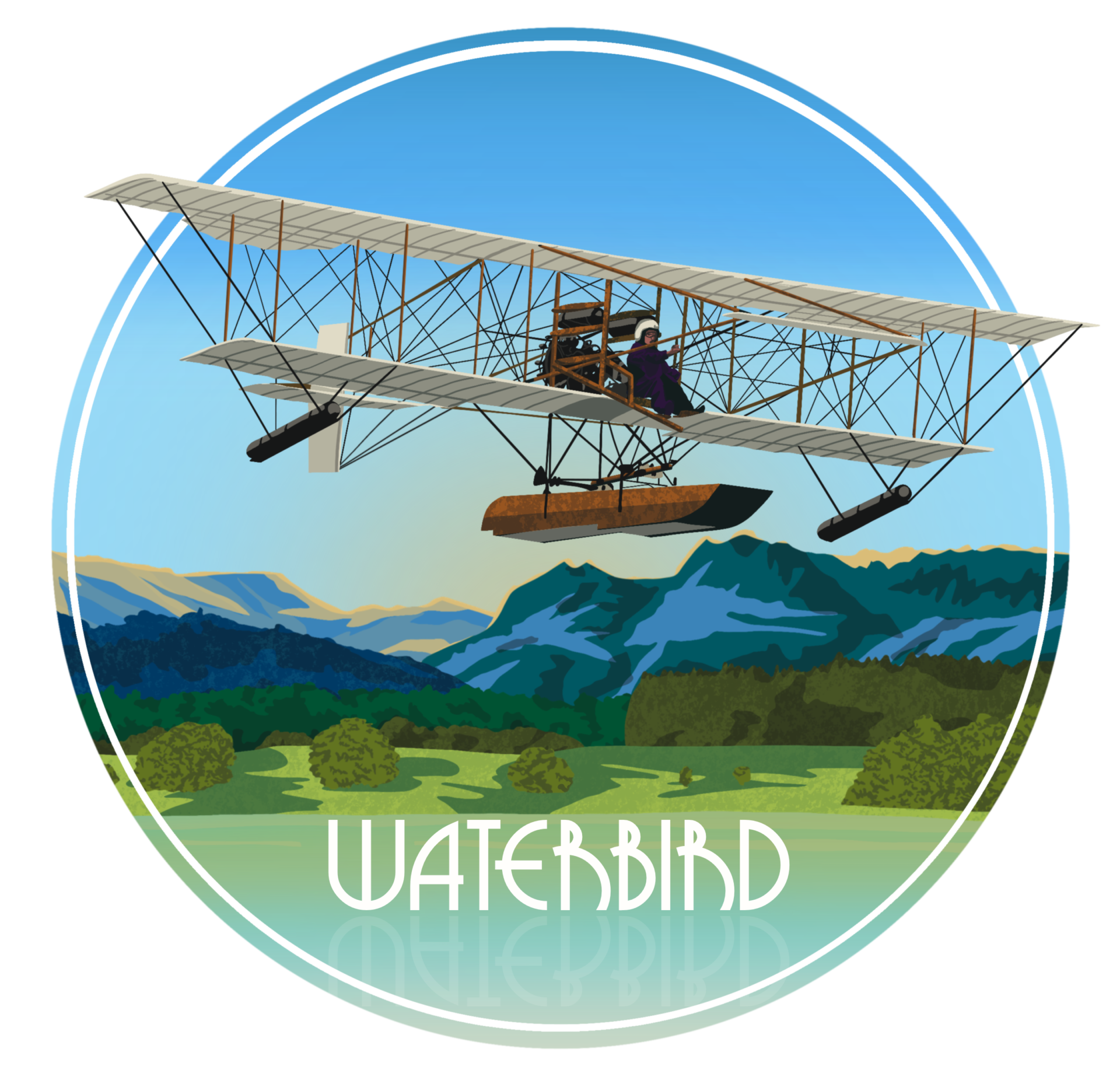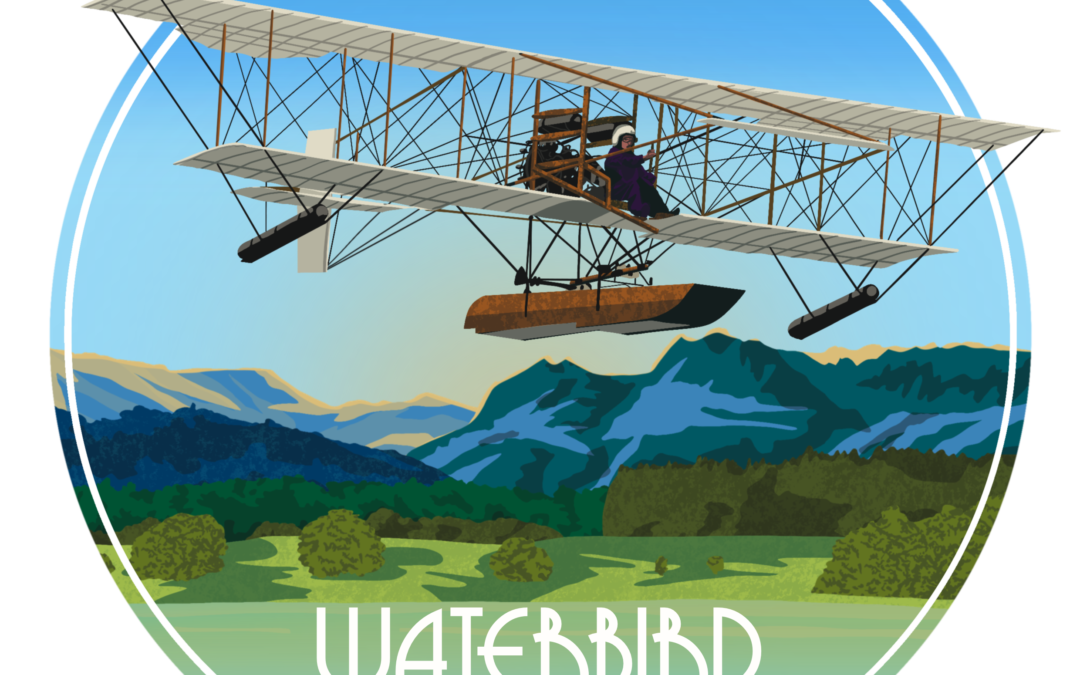Hornsea Museum is running an exhibition, Flying Sailors 1915-1919, to share the story of the Royal Naval Air Service base on Hornsea Mere, until the Autumn of 2019. It commences with an Open Day on 28 July from 10:00am to 4:00pm when there is free entry.
A Royal Naval Air Station was established at Killingholme in 1914, but from 1918 was operated as a US Navy Seaplane Station, when RNAS personnel were posted to Hornsea Mere. A Royal Naval Air Station was established at Hornsea Mere in 1915, and, when it closed in 1919, staff were transferred to Killingholme.
Flight Sub-Lieutenant Gordon Hyams began a flying boat course at Killingholme in 1916, and continued his training at Hornsea. On 1 May 1918, he observed a US Navy Curtiss H-12 flying boat which had ditched about 12 miles off Hornsea. Circling, he dropped his lifebelt. Flying back to Hornsea, he unsuccessfully attempted to obtain help. Firing the Lewis gun, he alerted two trawlers which rescued the Curtiss crew. For his actions, he received the Distinguished Flying Cross.
There are the following remarkable connections with Windermere:-
- On 12 June 1913, Waterhen flew at Hornsea Mere, having been transported from Windermere by traction engine. The Horse Show event was reported in the Hull Daily Mail. The pilot was Herbert Stanley Adams, who joined the Royal Naval Air Service at the outbreak of World War 1, and during 1914-1915 was posted to Killingholme.
- In March 1915, Flight Sub-Lieutenant Paul Robertson began his seaplane training at Windermere. By early 1918, he was an Acting Flight Commander in command of Hornsea Mere. On 28 February 1918, he was the observer on a seaplane which crashed at Hornsea, and was awarded the George Cross for trying to rescue the pilot.
- Many parents living in the vicinity had occasion to remonstrate with the commanding officer Flight Commander John Cripps concerning the excessive amount of attention their daughters were receiving from his young officers. Locally the prefix to RNAS Hill of Oaks, Windermere was purported to stand for Rather Naughty After Sunset.
‘The RNAS was known locally as The Rather Naughty After Sunset Brigade!’ – The Royal Naval Air Service at Hornsea Mere and Killingholme 1914-1919 by Joe Gelsthorpe. - Wing Commander Arthur Longmore, who tested ‘Waterbird‘ at Windermere for the Admiralty on 20 January 1912, was commanding officer at Killingholme in 1916.
- Captain Victor Bessette, who obtained his Aviator’s Certificate at Windermere on 23 June 1916, was posted to Killingholme in September 1917.
- Captain Cooper Pattinson, from Windermere, was based at Killingholme where he was the commanding officer. On 10 May 1918, he was first pilot of a flying boat which shot down a Zeppelin, for which he was awarded the Distinguished Flying Cross.

